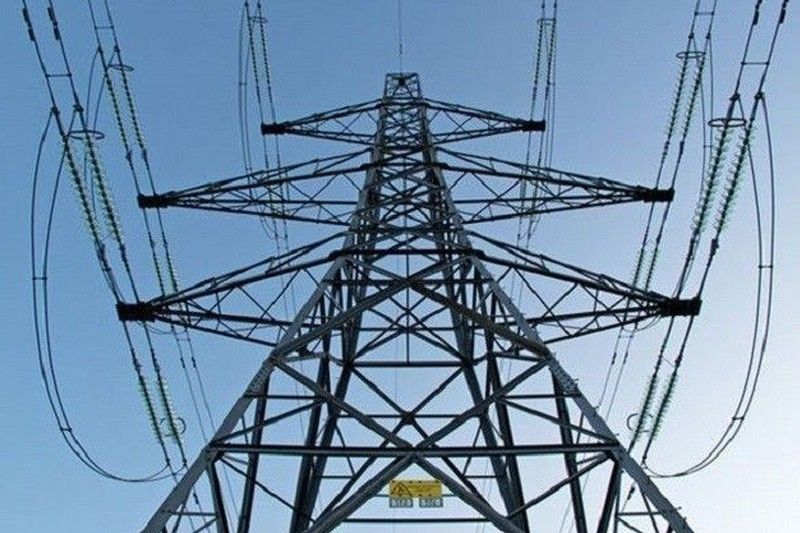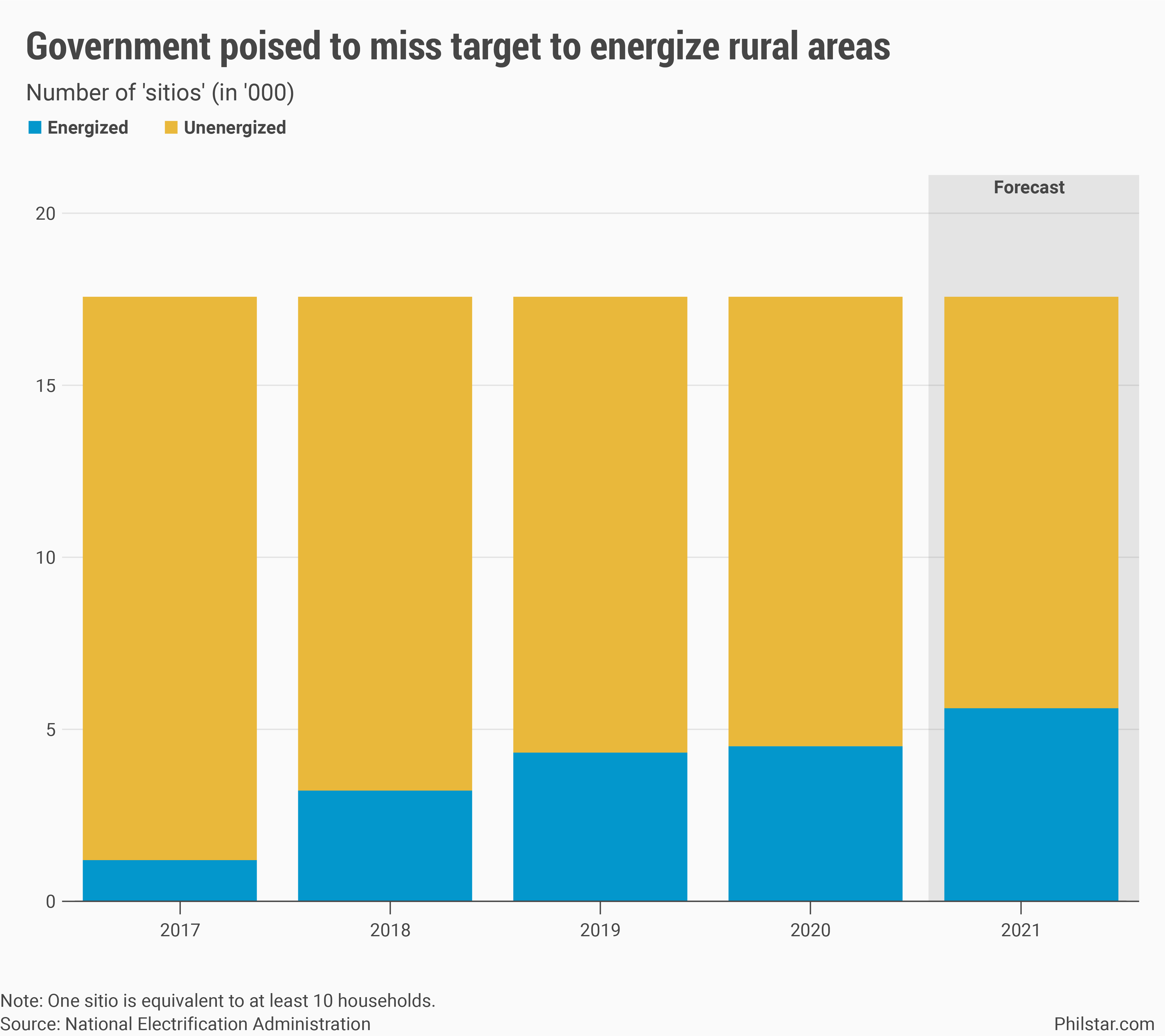Philippines seen missing goal to energize entire archipelago

MANILA, Philippines — The Philippines risks missing a target to energize the entire archipelago over the next 2 years as energy projects take a backseat amid the pandemic.
Energy officials said the health crisis has delayed the rollout of project electrifying far-flung rural areas and a bigger outlay that connects Visayas and Mindanao grid to Luzon to prevent blackouts that deter business.
“The continuing various levels of community quarantine across the country, as well as restrictions on travelers from abroad, have delayed many of our projects,” Cynthia Ablanza, assistant vice-president for National Grid Corporation of the Philippines, said in a text message.
“We are, however, looking for ways to expedite these projects and mitigate impending delay,” she added.
Before the pandemic struck, NGCP, which operates the country’s transmission line that brings power from generators to distributors and end-users, was set to complete in December the P52-billion Mindanao-Visayas Interconnection Project that would see the entire archipelago under one grid able to share power.
It was a long-term project carried over from previous administrations meant as a long-term fix to the country’s high power costs and persistent blackouts. NGCP has not committed to a new completion target yet, but the energy department reportedly said the deadline will be pushed back to December next year.
Delays in interconnection reflect a more specific struggle to electrify rural areas without power. While the National Electrification Administration committed to electrifying all “sitios” by 2022, senators hearing the agency’s budget for next year doubted the task will be finished by then due to insufficient funds.

As it stands, the government still needs to provide electricity to 12,672 sitios, which are composed of roughly 10 households each or around 1.7 million families in total. Data showed that from 2017 to 2019, only an average of 1,415 sitios secured electricity every year.
“Senator Imee (Marcos) was correct. This will take forever because of limited funds,” Senator Nancy Binay said in a budget hearing on Tuesday. “It would be nice to explore options how we can fast-track the SEP (sitio electrification program) because we know how limited the funds are.”
NEA Deputy Administrator Artis Niky Tortola agreed. “The funds are lacking,” said Tortola.
“Since electric coops will be hit by typhoons again, their facilities will be damaged. So they resort to borrowing,” he added.
That said, NEA Administrator Edgardo Masongsong told the Senate energy committee that apart from relaying these areas to the main grid, other power sources like stand-alone solar power is being explored to beat the target.
Sought for comment, George Barcelon, president emeritus of Philippine Chamber of Commerce and Industry, said there is greater need for electricity due to digital transition of the public and business.
“While they are at it, if they plan it well, they should include ICT (information and communications technology) because all that’s important to stimulate business,” Barcelon said. — with Prinz Magtulis
- Latest
- Trending



























